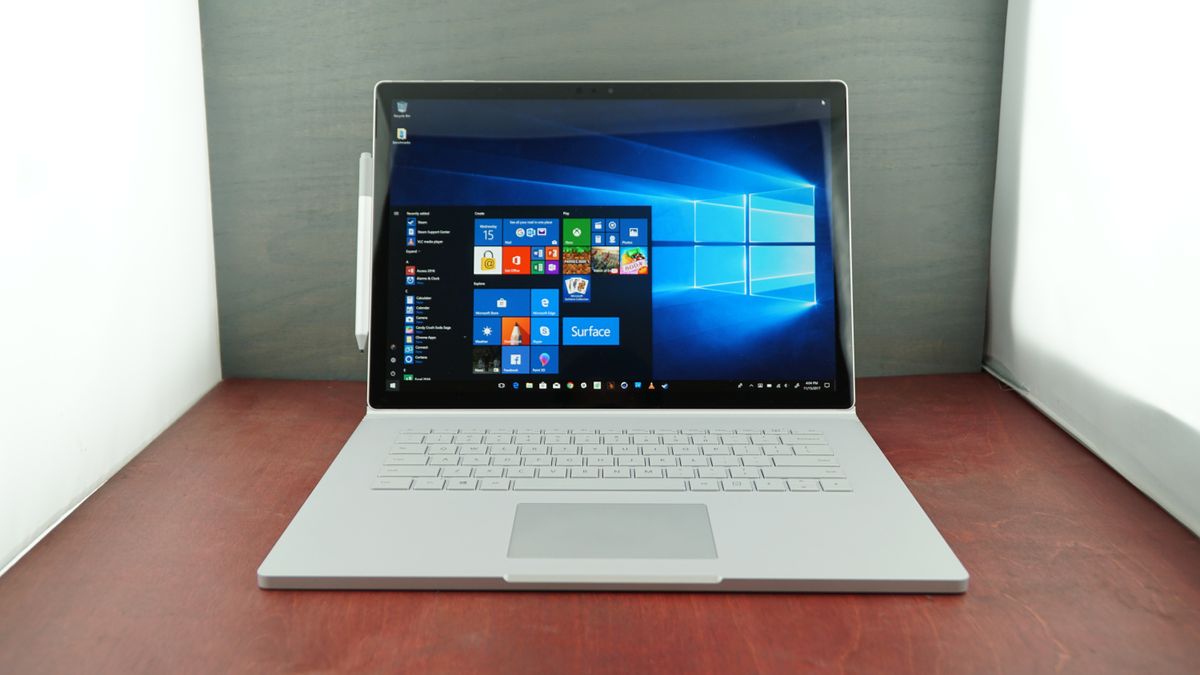Microsoft confirms Surface Book 2 battery drain problems while gaming
Now you're playing with (less) power

The Microsoft Surface Book 2 is a pretty impressive device, but you'll be in for a surprise if you crank its Power Mode slider up to the highest settings while playing games with high system demands.
As it turns out, the battery on the Surface Book 2 will start draining at a rate of roughly 10% per hour if you're playing a game, like Destiny 2, on the highest settings. A Microsoft spokesperson confirmed this in a statement to The Verge.
"The Surface Book 2 Power Mode Slider is provided as a means to give the user control over the range of performance and battery life," the spokesperson said. "In some intense, prolonged gaming scenarios with Power Mode Slider set to ‘best performance’ the battery may discharge while connected to the power supply provided in-box with Surface Book 2. However, through power management design, the battery will never drain entirely, ensuring that users are able to keep working, creating or gaming."
Importantly, the spokesperson prefaced the statement by emphasizing the Surface Book 2's merits as a creative professional's device.
"Surface Book 2 was designed to deliver unmatched power and performance for anyone who needs a powerful machine to work and create, making it a great option for STEM professionals (designers, developers, engineers)," the spokesperson said.
Sour power
Essentially, the root of the problem is that the charger only supplies 95 watts of power to the device, and that's not enough when you're trying to get the most out of both the graphics card and the CPU. Pushed to its limits, the graphics card alone reportedly demands somewhere between 70W and 80W.
The Surface Book 2 itself will throttle the card when it's set to 'Best Performance' or 'Best Battery' modes, but The Verge discovered that Destiny 2 in particular suffers under these restrictions.
Get daily insight, inspiration and deals in your inbox
Sign up for breaking news, reviews, opinion, top tech deals, and more.
Want better gaming performance? Sounds like picking up a beefier rig may be your destiny.
Still, it's a little disappointing, especially considering that 15-inch version of the device already costs a whopping $2,499 (about £1,847, AU$3,288) at its entry point. Not to mention that Microsoft explicitly included its Xbox Wireless radio inside the 15-inch model for native connectivity with Xbox One controllers.
If the issue proves unpopular enough, perhaps we'll see Microsoft release an optional charging cord for the device with a larger power brick in the future.
- These are the best gaming laptops 2017 has to offer
